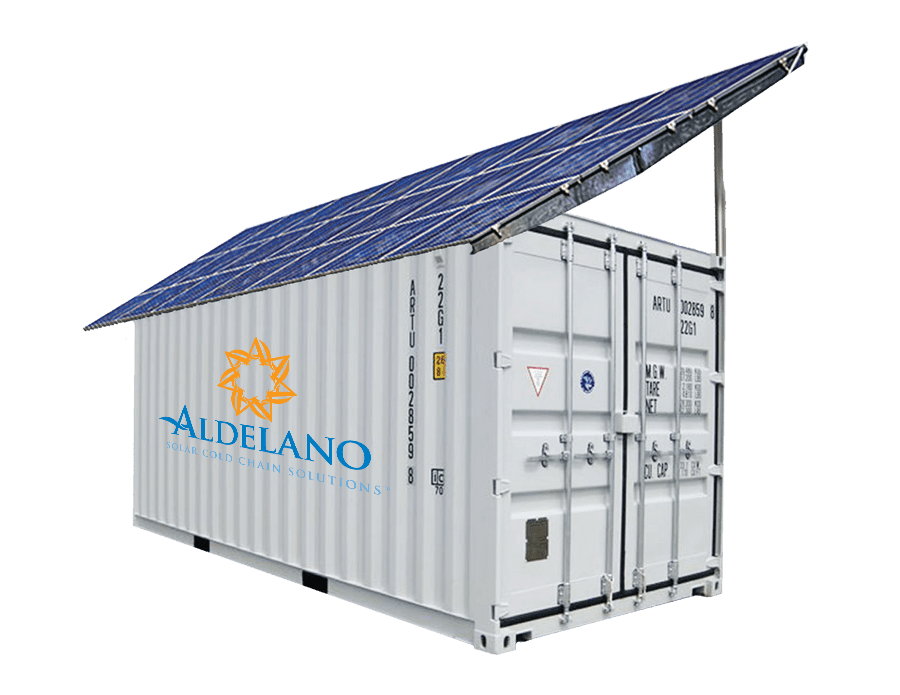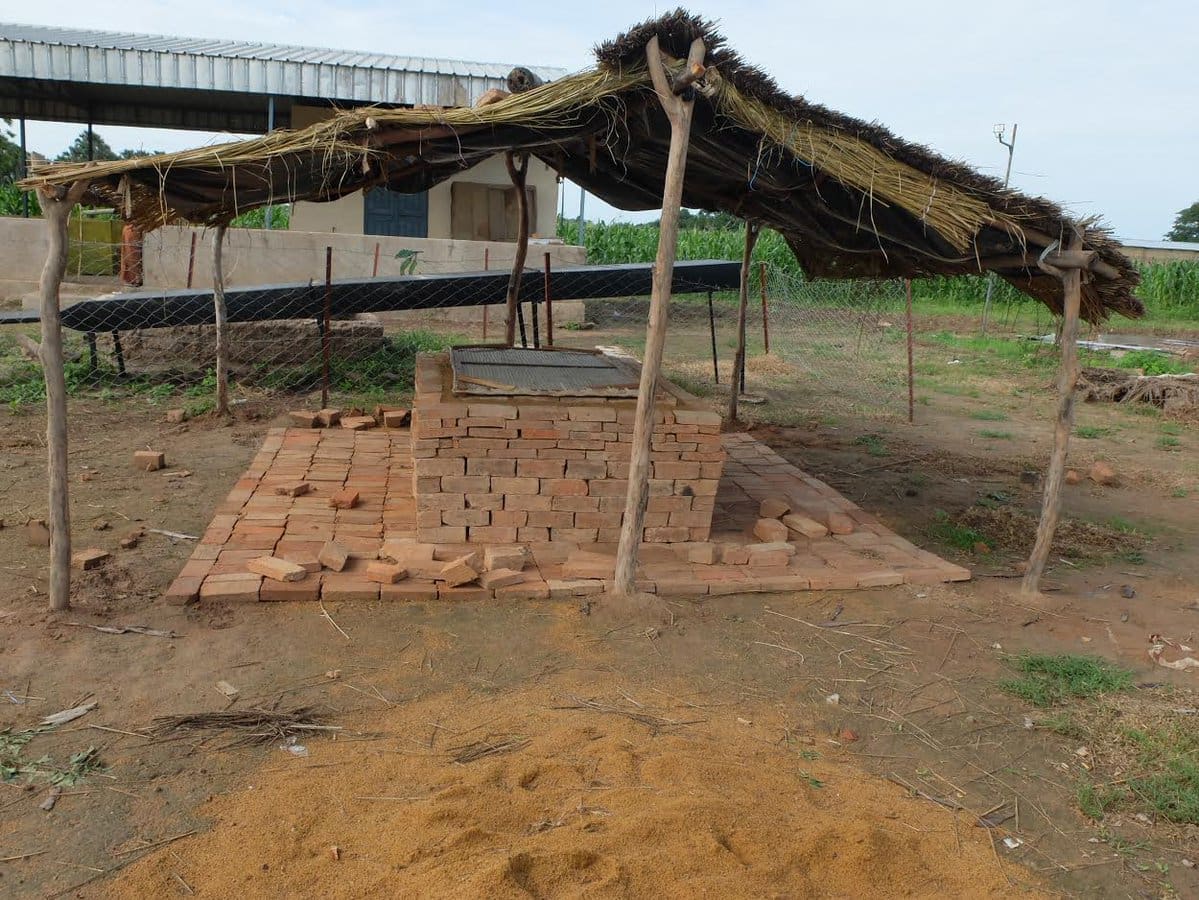Food loss occurs when crops rot before they reach markets. This is usually due to inefficiencies in the post-harvest management system, in the form of poor harvesting and handling methods, poor transport systems, limited market access, lack of awareness and use of loss-reducing technologies, among others. These inefficiencies present themselves in overalls – because they really are opportunities.
For perishable crops such as fruits and vegetables, a properly-managed temperature-controlled supply chain can buy time before food is lost. This is commonly known as cold storage, and many solutions already exist: Zero Energy Cooling Chambers (ZECCs), solar-powered cold storage boxes, and charcoal coolers, among others, are ways to extend the produce freshness. These solutions can reduce post-harvest losses and efficiently link African farmers to regional and global markets.
In 2014, the Foundation hosted a TEDxNairobi series dubbed “A WasTED World” which featured agriculture and education experts who are combating loss in different ways. The ideas we heard there are now being put into practice.
Dr. Jane Ambuko presented the CoolBot, which is essentially an air-conditioning unit that can turn any ordinary room into a ‘cold room’ to store perishable food. She has conducted tests with mango farmers in Makueni in Eastern Kenya, who report that the CoolBot is indeed a game-changer.
When you take a moment to consider the myriad of activities that happen post-harvest such as handling, processing, packaging, branding, marketing, each with its unique benefits for each player on the value chain, there is a lot to gain, and contribute to.
Today, the YieldWise initiative is testing three Grain Systems International (GSI) solar-powered cooling units, which can drop atmospheric temperatures from 35 degrees centigrade to a low of 17. Lower temperatures slow the ripening of mangoes and can preserve them for up to seven days longer than usual. This gives farmers additional time to sell the fruit in domestic or international markets – rather than have their crop rot and take a financial hit. The Foundation is providing opportunities for businesses to step into this market, to ensure that such cooling products can be manufactured and sold locally.
Another TEDxNairobi presenter, David Campbell, founder of the farm make-over reality TV show, Shamba Shape Up, had learned so much from his work in agri-business that he created a show that raises awareness on good farming practices, including post-harvest loss reduction. For example, a few shows were scripted to elaborate on the different income streams that exist in the life cycle of a crop, from sowing to processing, such as provision of on-farm services to farmers, linking farmers to markets through packaging and transportation so as not to lose produce along the way, among others.
Elsewhere, transformational innovations that extend the shelf life of perishable crops are being tested in different value chains. The USAID Photovoltaics for Sustainable Milk for Africa through Refrigeration Technologies (PV-SMART) program, run by WinRock in partnership with SunDanzer has deployed solar-powered milk coolers to smallholder dairy farmers in Kenya. Based on technology developed at NASA [yes, NASA!], SunDanzer created the first mass-produced solar refrigerator in the world!
Farmers present at a recent renewable energy workshop shared the game-changing potential of this particular technology. One lady farmer has started a parallel income generation stream by providing a much-needed service for the community: charging mobile phones. Through this, she is able to not only store her evening milk to ensure that it stays fresh to the morning, but also earn approximately $200 per month from the service provision.
Turns out you can dry your produce, too! Farmers are using dryers to dehydrate their produce to increase their shelf life, and so having more produce to sell later, and at a higher price so increasing their income. Dried fruits and vegetables are also a real hit with the movement towards healthy living among the middle class, and have proven to generate over 200% profit margins for the producers and buyers alike.
Over the last century, approximately 90% of agricultural investments were made in crop production. The reduction of food losses presents a greenfield with the potential of trailblazing, unprecedented possibilities. When you take a moment to consider the myriad of activities that happen post-harvest such as handling, processing, packaging, branding, marketing, each with its unique benefits for each player on the value chain, there is a lot to gain, and contribute to.
How cool is that?



Leave a comment